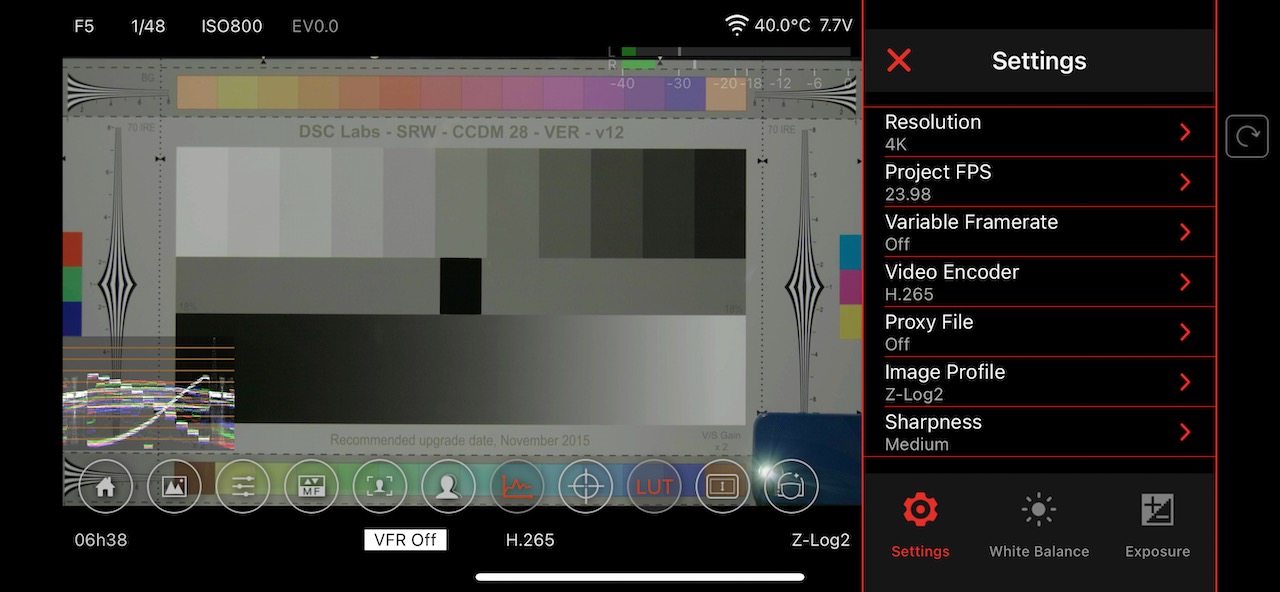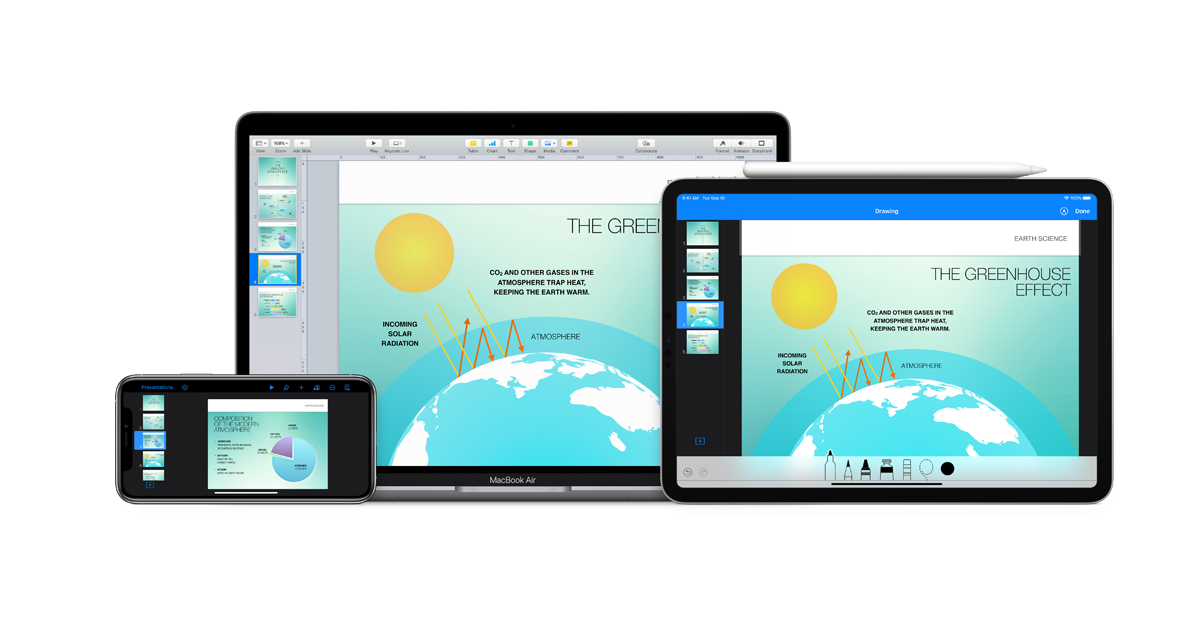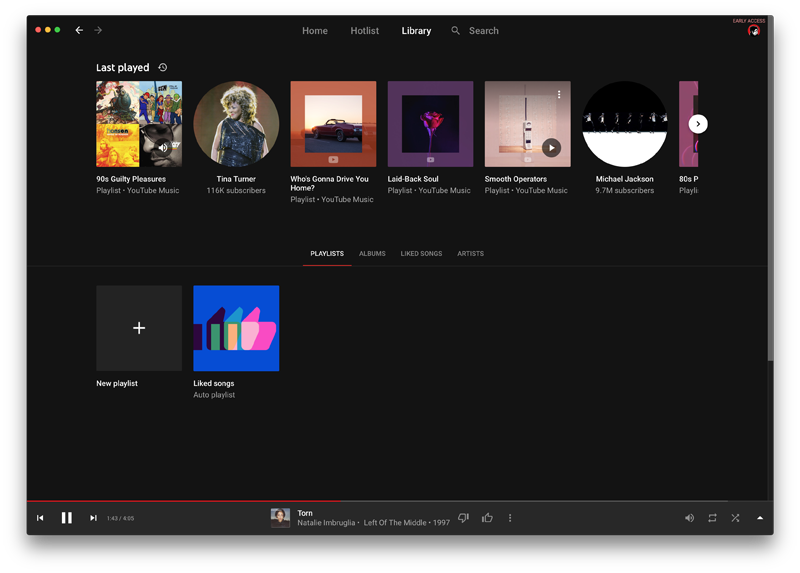

The class loads a list of stocks on a new thread when the using the DataManager. The initial view presented when the framework launches is a UITableView subclass named StockSymbolSelectionTableViewController. The result is then converted into an array of PriceData objects, ready to be used by the different charts. The second, getDataForStock, retrieves data in a similar way, but uses a Yahoo Finance query based on a stock symbol and a start date. The first, getStockList, uses the company list from the NASDAQ website mentioned previously. The Data Manager has two operations which fetch data to display in the framework. PriceData has the properties Date, Index, Open, High, Low, Close, Volume, AdjClose. This array contains PriceData objects, which holds price information for each point in time. The third property is the PriceDataArray, which is a NSMutableArray. The second property is StartDate, which is the date that we want to get prices from. The first, StockData, is a StockData object containing metadata about a certain stock. The framework is based around a Data Transfer Object (DTO) named StockPriceDataContainer. To parse the CSV files returned by each feed, the framework includes the CHCSV Parser created by Dave Delong. This again returns results in CSV format. Therefore, a request for a list of the major-cap stocks from the NASDAQ website is created. Unfortunately, Yahoo Finance does not provide functionality in its API to find a list of the stocks available. Rather than generating random data or using the same hard-coded data every time the comparison was run, stock market data is fetched from the Yahoo Finance API in CSV format.
#USING SHINOBI CHARTS FOR MAC APP CODE#
The code used to build the framework and create the comparison project is available for download near the end of this post. Finally I come up with conclusions based on my experience. I start with a discussion around the framework including its architecture, the components it uses and how it operates, then describe the process of integrating each chart type. The framework can be easily extended to display the data fetched in different view controllers that can be set up to use various charting libraries. I have documented my setup and usage experiences of the four libraries below.

#USING SHINOBI CHARTS FOR MAC APP INSTALL#
KeepEdge was difficult to install with another poor API, and also threw unhelpful exceptions when adding data. The iOS:Chart library from Three D Graphics had a large number of chart types, but had a very confusing API and poor documentation. Shinobi Charts had super fast performance, was extremely easy to integrate and had a clean, friendly API.

My findings were that Core Plot had a strong set of documentation, yet was a little light on features and built in functionality.

In order to conduct a fair investigation, I have developed a comparison framework which loads historic stock market data from the Yahoo Finance API. In this post, I explore four of the available iOS charting libraries and investigate the features, API, and pros and cons of each.


 0 kommentar(er)
0 kommentar(er)
